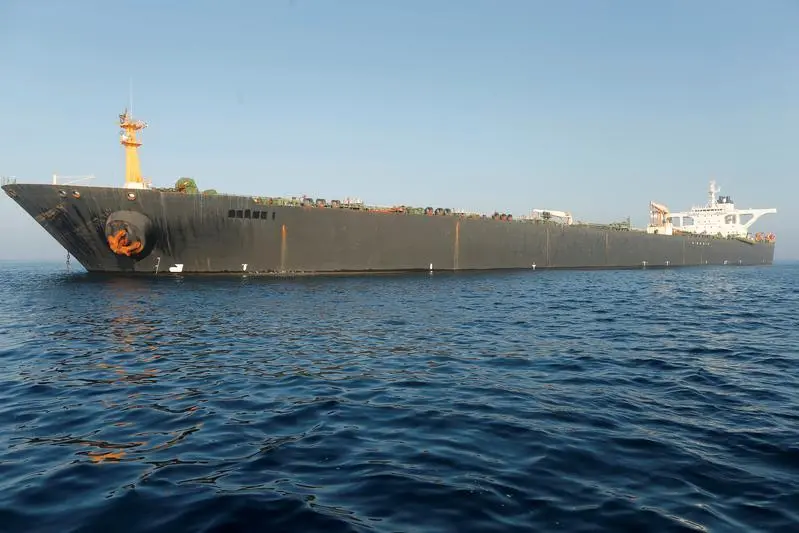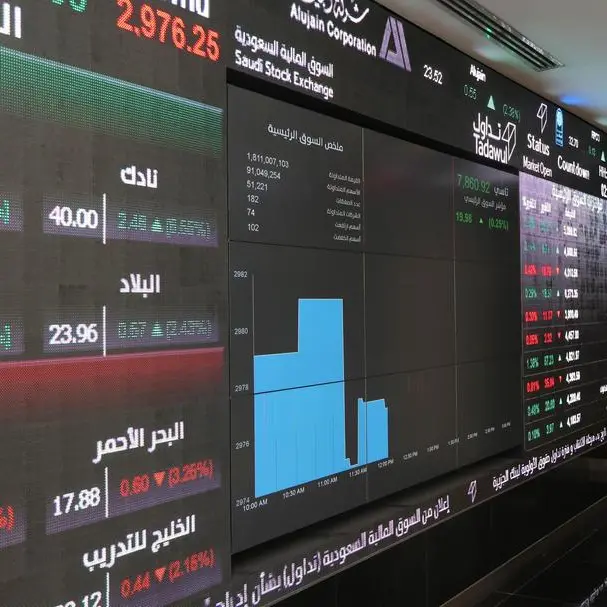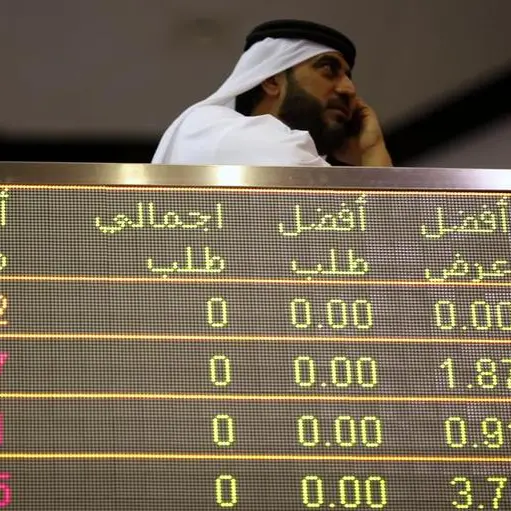PHOTO
DUBAI - An Iranian-owned oil tanker was hit by two missiles in the Red Sea off Saudi Arabia's coast on Friday, Iranian media and officials reported, stoking tension in a region that has faced a series of attacks on crude ships and oil facilities since May.
The Sabiti, which was set ablaze, suffered heavy damage and leaked oil after it was struck in the morning about 60 miles (96 km) from the Saudi port of Jeddah, Iranian media reported. State-run IRNA agency said the leak was under control.
The incident, which has yet to be independently confirmed, is the latest involving oil tankers in the Red Sea and Gulf region and is likely to ratchet up tensions between Tehran and Riyadh, long-time regional foes that have been fighting a proxy war in Yemen, which lies at the southern end of the Red Sea.
National Iranian Oil Company (NIOC), which owns the vessel, said in a statement the ship was hit by two missiles but also denied a report that they had come from Saudi Arabia. Iran's Foreign Ministry also said the ship was struck twice.
The Red Sea is a major global shipping route for oil and other trade, linking the Indian Ocean with the Mediterranean via the Suez Canal. Crude prices jumped on the news and industry sources said it could drive up already high shipping costs.
There was no claim of responsibility for Friday's reported incident, which follows attacks on tankers in the Gulf in May and June, as well as strikes on Saudi oil sites in September.
The United States, embroiled in a row with Tehran over its nuclear plans, has blamed on Iran for those incidents. Tehran has denied having a role in any of the attacks since May.
Saudi Arabia had no immediate comment on Friday's reports. The U.S. Navy's Fifth Fleet, which operates in the region, said it was aware of the reports but had no further information.
NIOC named the ship as the Sabiti, a Suezmax vessel, after initial reports said it was the Sinopa. Refinitiv ship tracking data showed the Sabiti in the Red Sea and heading south under its own power, bound for Larak, off Iran's southern Gulf coast.
The data put the vessel's draft, or how deeply it sits in the water, at 53%, indicating it is not fully loaded.
Tensions with the United States have been running high since Washington withdrew from a deal between world powers and Iran that aimed to rein in Tehran's nuclear ambitions. U.S. sanctions have slashed Iranian oil exports, on which Tehran relies.
PRICE JITTERS
Russia said it was too early to assign blame for the tanker explosion. China, the top buyer of Iranian oil, said it hoped all parties would work to uphold peace and stability in the region.
Iran's ISNA news agency cited a source saying the Iranian tanker was struck in a "terrorist" attack. Iran's state television reported that two of the ship's tanks were damaged.
Iran's Nour news agency, which is close to the Iranian Revolutionary Guard Corps, said the ship's crew was safe.
Oil prices climbed 2% after reports of the tanker explosion, with benchmark Brent and U.S. West Texas Intermediate crude futures both rising more than $1 a barrel. Brent was trading around $60 a barrel on Friday.
Oil prices had eased after spiking above $70 in response to the Sept. 14 attacks on Saudi oil sites, which shut down 5.7 million barrels per day (bpd) of production, about half of Saudi output and roughly 5% of global supply. Output has since been restored.
Yemen's Iran-aligned Houthi group claimed responsibility for those attacks, but a U.S. official said they originated from southwestern Iran.
Industry sources said Friday's incident off the Saudi coast could drive up shipping costs, which have already surged.
"War risk insurance premiums for the Red Sea will now likely go up significantly, as will likely the freight (rates)," said Ashok Sharma, managing director of shipbroker BRS Baxi in Singapore.
Tanker rates have soared to multi-year highs in recent weeks after U.S. sanctions on units of Chinese shipping giant COSCO and after the Saudi attacks.
Disruption to shipping through Red Sea would affect oil passing through the Suez Canal or SUMED crude pipeline, which has capacity for 2.34 million bpd and which runs parallel to the canal. It is used by tankers that cannot navigate the waterway.
(Additional reporting by Catherine Cadell in Beijing, Anton Kolodyazhnyy in Moscow and Roslan Khasawneh in Singapore; Writing by Parisa Hafezi and Edmund Blair; Editing by Mike Collett-White and Alex Richardson) ((parisa.hafezi@thomsonreuters.com; +90 532 176 3452; Reuters Messaging: parisa.hafezi@thomsonreuters.com))












